Technological Advancements in IoT
Technological advancements in the Internet of Things (IoT) are propelling the Smart Light IoT Market forward. Innovations in connectivity, such as the development of low-power wide-area networks (LPWAN) and improved wireless communication protocols, facilitate seamless integration of smart lighting systems with other IoT devices. This interconnectedness enhances user experience and operational efficiency, allowing for features such as remote control, automation, and data analytics. The market is projected to witness a compound annual growth rate (CAGR) of over 20% in the coming years, driven by these technological improvements. As smart lighting becomes more sophisticated, the Smart Light IoT Market is likely to attract a broader consumer base, including residential, commercial, and industrial sectors.
Government Initiatives and Regulations
Government initiatives and regulations aimed at promoting energy efficiency and sustainability are playing a crucial role in shaping the Smart Light IoT Market. Many governments are implementing policies that encourage the adoption of energy-efficient lighting solutions, including smart lighting systems. Incentives such as tax rebates, grants, and subsidies are being offered to both consumers and businesses to facilitate the transition to smart lighting. Furthermore, regulations mandating energy-efficient products are becoming more prevalent, driving the market forward. As these initiatives gain traction, the Smart Light IoT Market is expected to expand, with increased investment in smart lighting technologies and infrastructure.
Integration with Renewable Energy Sources
The integration of smart lighting systems with renewable energy sources is emerging as a key driver in the Smart Light IoT Market. As the world shifts towards sustainable energy solutions, the ability to connect smart lighting with solar panels and other renewable energy technologies is becoming increasingly attractive. This integration not only enhances energy efficiency but also reduces reliance on traditional power grids. Market analysts suggest that the demand for smart lighting solutions that can operate on renewable energy will grow, particularly in regions with abundant solar resources. Consequently, the Smart Light IoT Market is likely to see a rise in innovative products that cater to this growing need, fostering a more sustainable future.
Growing Awareness of Smart Lighting Benefits
The Smart Light IoT Market is benefiting from a growing awareness of the advantages associated with smart lighting solutions. Consumers are increasingly recognizing the potential for enhanced convenience, security, and energy savings that smart lighting can provide. Features such as motion detection, customizable lighting schedules, and integration with home automation systems are appealing to a wide audience. Market Research Future indicates that the residential segment is expected to dominate the smart lighting market, driven by the increasing adoption of smart home technologies. As awareness continues to spread, the Smart Light IoT Market is likely to see a significant uptick in demand, as more consumers seek to upgrade their lighting systems to capitalize on these benefits.
Rising Demand for Energy Management Solutions
The Smart Light IoT Market is experiencing a notable surge in demand for energy management solutions. As consumers and businesses alike become increasingly aware of energy consumption and its environmental impact, the adoption of smart lighting systems that offer real-time monitoring and control is on the rise. According to recent estimates, the energy-efficient lighting segment is projected to grow significantly, with smart lighting expected to account for a substantial share of the overall lighting market. This trend is driven by the need for cost savings and sustainability, as smart lighting systems can reduce energy usage by up to 50%. Consequently, the Smart Light IoT Market is poised for growth as more entities seek to implement these advanced solutions.


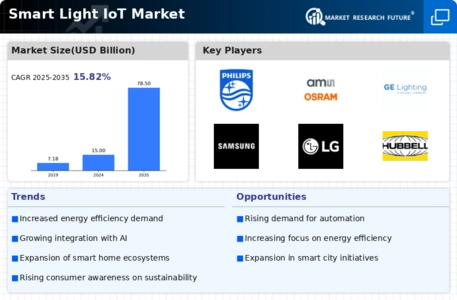
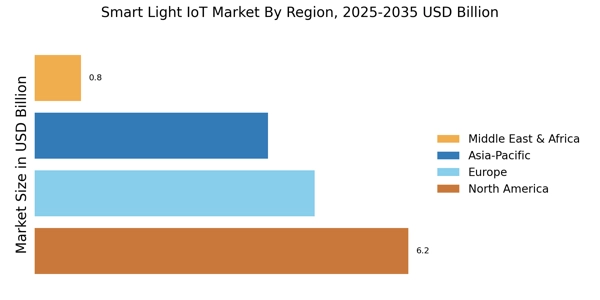
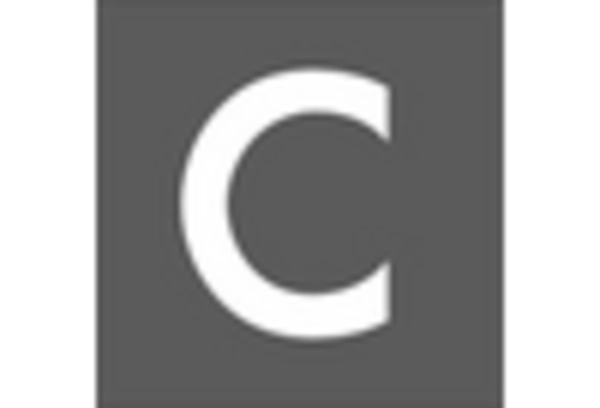


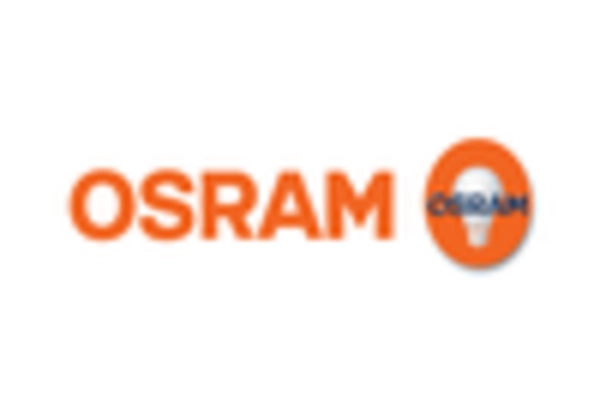
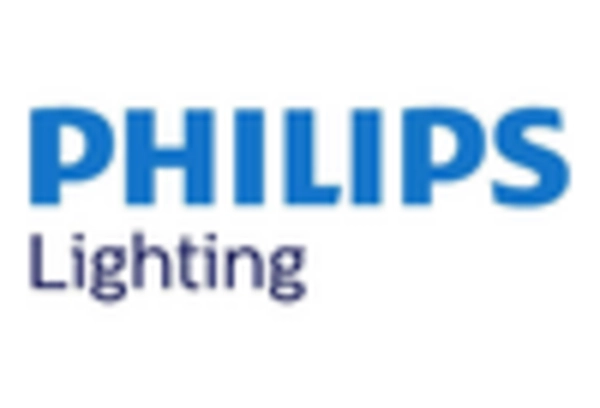









Leave a Comment